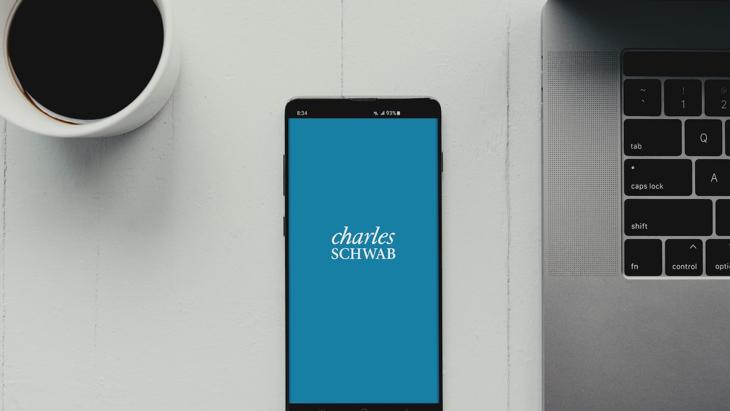Retirement planning is an important part of financial security for everyone. There are a variety of retirement savings accounts available, each with its own set of advantages and disadvantages. One of the most popular types of retirement accounts is the Roth 401(k) plan, which provides tax-free growth and tax-free withdrawals in retirement. In this article, we will discuss the benefits of a Roth 401(k) plan and how to use it for tax-free retirement savings.
What is a Roth 401(k)?
A Roth 401(k) plan is an employer-sponsored retirement savings account that allows you to contribute after-tax dollars (meaning you pay taxes on them before they enter your account). When you make withdrawals from your account in retirement, the money comes out tax free. This makes it different from traditional 401(k) plans, which allow you to contribute pre-tax dollars but require you to pay taxes on withdrawals in retirement.

Benefits of a Roth 401(k) Plan
There are several key benefits associated with a Roth 401(k) plan:
- Tax Free Growth: All earnings on your contributions are not subject to taxation when they are withdrawn in retirement. This means that your money can grow faster over time compared to other types of accounts where taxes must be paid on gains each year.
- Tax Free Withdrawals: All withdrawals from your account in retirement (including earnings on contributions) are not subject to taxation (as long as certain criteria are met). This makes the Roth 401(k) an attractive option for retirees who want to minimize their taxable income during their golden years.
- Flexible Contribution Limits: Unlike traditional IRA or employer sponsored pension plans, there is no annual contribution limit with a Roth 401(k). You can contribute up to $19,500 per year ($26,000 if you’re age 50 or older). This makes it easier for higher earners who want to maximize their savings for retirement but may not be able to do so with other types of accounts due to contribution limits and/or income restrictions.
- Employer Matching Funds: Employers may also match contributions made by employees up to certain limits (typically 3%-6%). These matching funds can be used as “free money” towards your retirement savings goals and can help accelerate your progress towards achieving them.

How To Use A Roth 401(K) Plan For Retirement Savings
The best way to use a Roth 401(K) plan for tax-free retirement savings is by taking full advantage of employer matching funds and contributing as much as possible each year (up to the annual contribution limit). It’s important to remember that these accounts require after-tax contributions so any money contributed will not reduce your taxable income during the current year (unlike traditional IRAs or employer sponsored pension plans). However, any earnings on those contributions will grow tax free until withdrawn in retirement making them very attractive for long term investors who want maximum flexibility when it comes time for withdrawal decisions down the road.
Additionally, it’s important that investors understand the rules governing these accounts before making any decisions about how best utilize them for their own unique needs and goals; this includes understanding eligibility requirements and potential penalties associated with early withdrawal from these plans prior to age 59 ½ .
Conclusion
In conclusion, a Roth 401K plan offers many advantages over other types of accounts when saving for retirement due its flexibility and tax free growth & withdrawal features; however it’s important that investors understand all applicable rules before investing in order ensure compliance & maximize their potential returns over time!

 The Importance of Eating a Balanced Lunch: How to Fuel Your Body for the Afternoon
The Importance of Eating a Balanced Lunch: How to Fuel Your Body for the Afternoon